Mastering the Art of Wine Evaluation: A Guide for Enthusiasts.
- 2023-03-07 05:00:00

Evaluating wine is an art form that combines sensory perception, analytical skills, and personal preferences to assess its quality, character, and potential for enjoyment. Whether you're a novice or seasoned enthusiast, understanding how to evaluate wine can enhance your appreciation and enjoyment of this timeless beverage. Let's explore the essential steps and techniques for evaluating wine like a pro.
- Visual Examination: The first step in evaluating wine is to assess its appearance. Pour a small amount of wine into a clear glass and hold it against a white background to examine its color, clarity, and viscosity. Note the wine's hue, intensity, and any sediment or bubbles present. Red wines may range from pale ruby to deep garnet, while white wines can vary from straw yellow to golden amber. The appearance of the wine can provide valuable insights into its age, grape variety, and winemaking techniques.
- Aromatic Analysis: Next, swirl the wine gently in the glass to release its aromas, then bring the glass to your nose and take a series of short, deliberate sniffs. Pay attention to the intensity, complexity, and character of the aromas, noting any fruit, floral, herbal, or spice notes present. Consider the wine's primary, secondary, and tertiary aromas, which can reveal insights into its grape variety, terroir, and aging potential. A well-balanced wine will exhibit a harmonious blend of aromas that entice the senses.
- Palate Assessment: After evaluating the wine's aroma, take a small sip and let it coat your palate, allowing the flavors to unfold gradually. Consider the wine's taste profile, noting its sweetness, acidity, tannins (in the case of red wines), and alcohol content. Pay attention to the balance, structure, and length of the wine, as well as any nuances or complexities that emerge on the palate. Is the wine fruit-forward and juicy, or savory and earthy? Does it have a crisp, refreshing acidity, or a smooth, velvety texture? The palate assessment provides valuable insights into the wine's overall quality and style.
- Finish and Aftertaste: Finally, consider the wine's finish and aftertaste, which encompass the lingering impressions left on the palate after swallowing. A long, persistent finish with layers of flavor and complexity is indicative of a well-crafted wine, while a short, abrupt finish may suggest a lack of depth or balance. Note any pleasant or lingering flavors that persist on the palate, as well as any lingering sensations of acidity, tannins, or sweetness. The finish and aftertaste offer valuable clues about the wine's aging potential and overall enjoyment.
- Personal Preference: Ultimately, wine evaluation is a subjective process influenced by personal taste preferences, experiences, and contexts. While there are guidelines and standards for assessing wine quality, what matters most is your individual enjoyment and appreciation of the wine. Trust your instincts, explore a variety of wines, and cultivate your palate over time to develop a deeper understanding and appreciation of this timeless beverage.
In conclusion, mastering the art of wine evaluation requires practice, patience, and an open mind. By following these essential steps and techniques, wine enthusiasts can enhance their sensory perception, analytical skills, and enjoyment of wine. Whether savoring a glass of your favorite vintage or exploring new varietals and styles, the journey of wine evaluation offers endless opportunities for discovery, enjoyment, and enrichment. Cheers to the art of wine appreciation!
Richard Parker, California
-
Recent Posts
-

Tequila, the elixir of agave, transcends mere libation to become a symphony of science, art, and alchemy. Join us on an expedition through the intricate world of tequila, where molecules mingle, flavors...
-
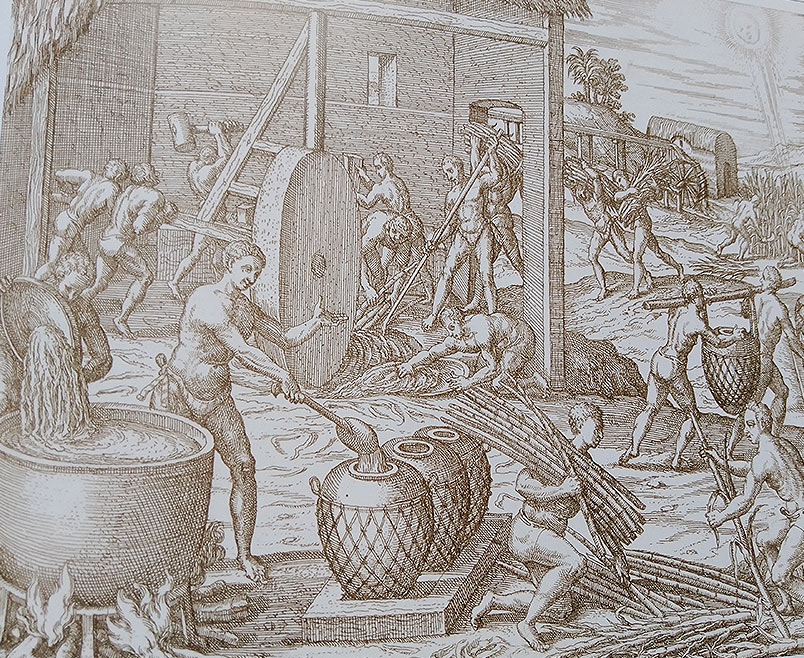
Rum, with its rich flavors and storied past, has woven itself into the tapestry of cultures and traditions around the world. From its origins in the sugarcane fields of the Caribbean to...
-
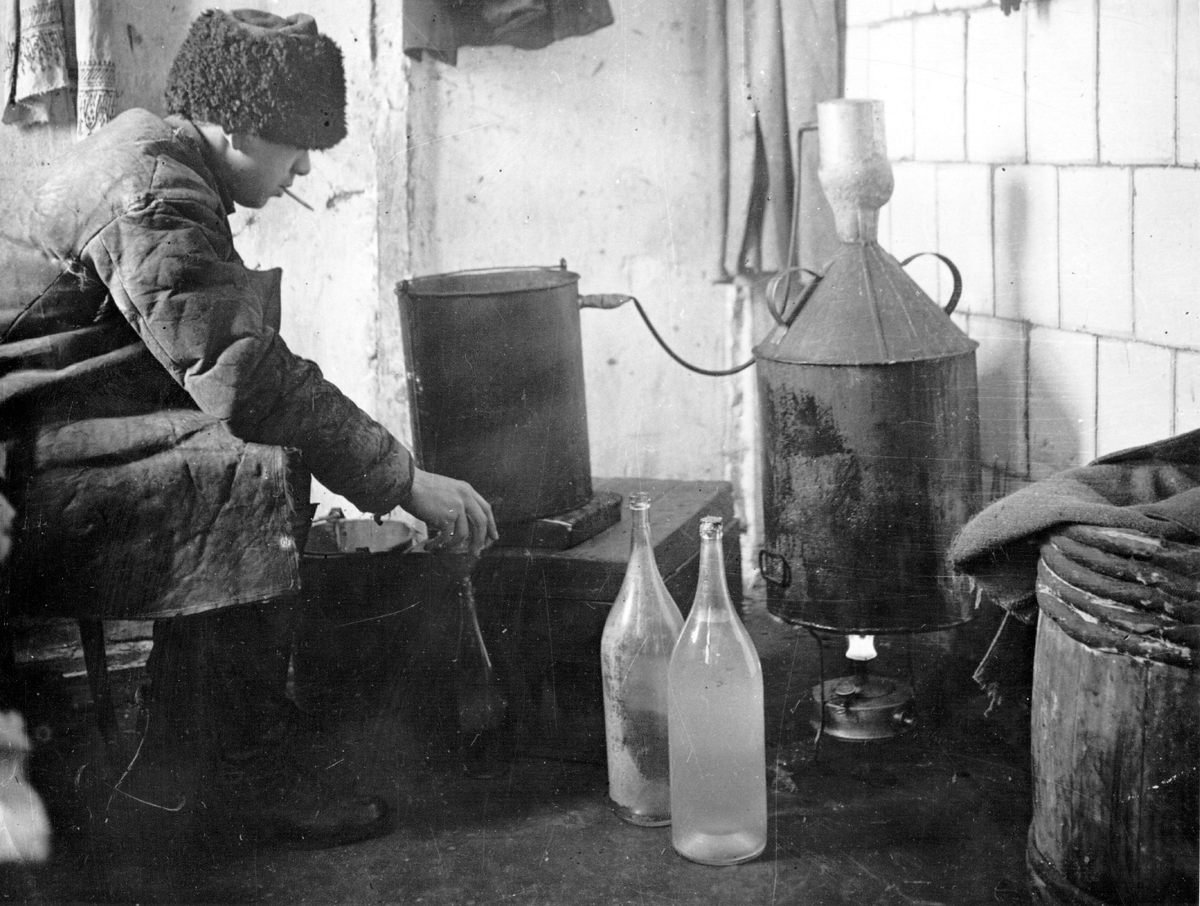
Vodka, with its clear, pure appearance and versatile nature, has a history as fascinating and diverse as the cultures that have embraced it. From its mysterious origins in Eastern Europe to its...
-

Whisky, with its complex flavors and rich heritage, has captured the hearts and palates of people around the world for centuries. From its humble beginnings in ancient civilizations to its global prominence...
-
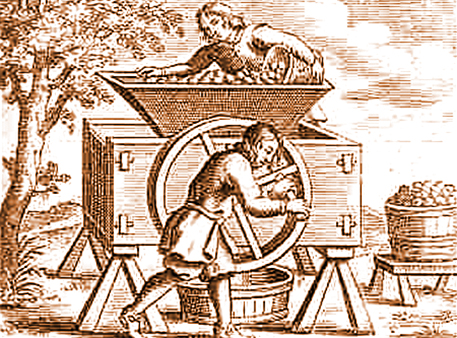
Cider, with its crisp and refreshing taste, has a history as rich and diverse as the apples from which it's made. From its ancient roots to its modern resurgence, cider has been...
-

Wine, with its rich tapestry of flavors, aromas, and cultural significance, has been an integral part of human history for millennia. From its humble origins in ancient Mesopotamia to its global prominence...
-

Wine isn't just for drinking—it's also a versatile and inspiring medium for crafting and décor. Whether you're looking to add a touch of wine-inspired charm to your home or seeking unique gift...
-
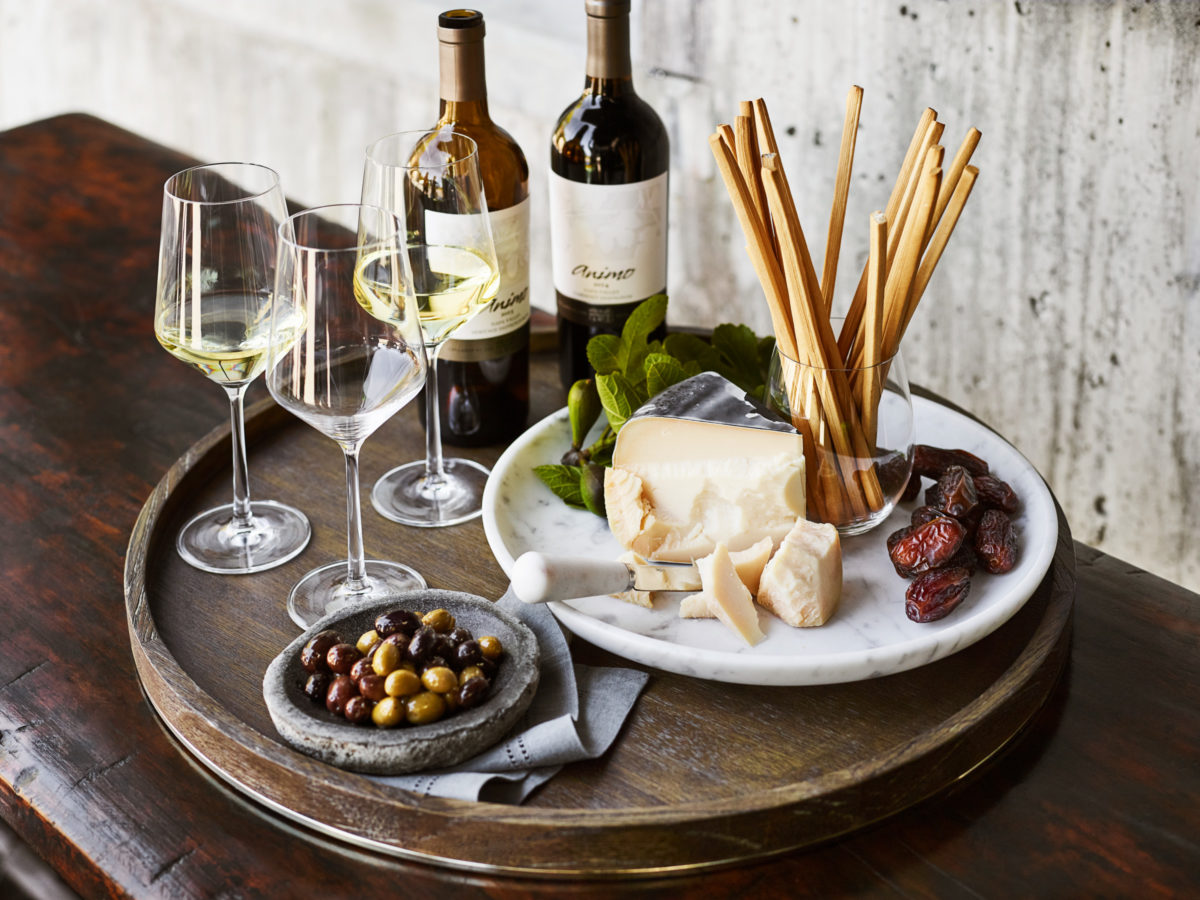
There's no better way to explore the world of wine than by gathering friends and loved ones for a wine tasting party. Whether you're a seasoned oenophile or a curious novice, hosting...
-
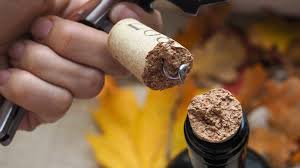
Wine, with its complexity and nuance, is a beverage cherished for its ability to delight the senses and evoke a myriad of flavors and aromas. However, like any agricultural product, wine is...
-

Selecting the right wine glass can significantly enhance your enjoyment and appreciation of wine, allowing you to fully experience its aromas, flavors, and nuances. With a wide array of shapes, sizes, and...
-

Nestled in the picturesque hills of the Veneto region in northeastern Italy lies the charming town of Conegliano, renowned as the birthplace of Prosecco and the epicenter of Italy's thriving sparkling wine...
-

Champagne, the quintessential sparkling wine synonymous with celebration and luxury, is crafted through a meticulous and time-honored winemaking method known as the Méthode Champenoise. From grape to glass, the journey of Champagne...